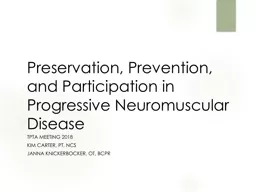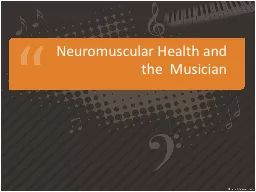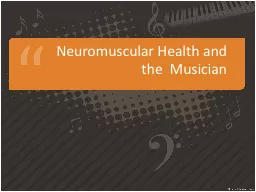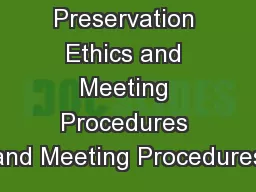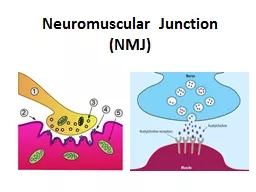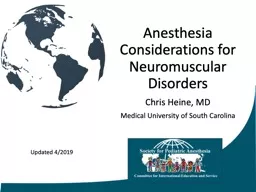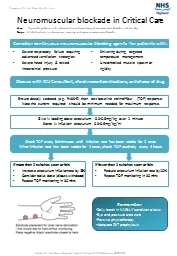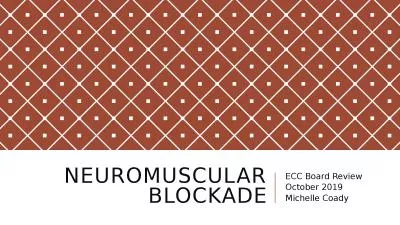PPT-Preservation, Prevention, and Participation in Progressive Neuromuscular Disease
Author : bubbleba | Published Date : 2020-06-17
TPTA Meeting 2018 Kim Carter PT NCS Janna Knickerbocker OT BCPR Objectives State the classical presentation of ALS IBM LGMD and SMA and how this impacts OT and
Presentation Embed Code
Download Presentation
Download Presentation The PPT/PDF document "Preservation, Prevention, and Participat..." is the property of its rightful owner. Permission is granted to download and print the materials on this website for personal, non-commercial use only, and to display it on your personal computer provided you do not modify the materials and that you retain all copyright notices contained in the materials. By downloading content from our website, you accept the terms of this agreement.
Preservation, Prevention, and Participation in Progressive Neuromuscular Disease: Transcript
Download Rules Of Document
"Preservation, Prevention, and Participation in Progressive Neuromuscular Disease"The content belongs to its owner. You may download and print it for personal use, without modification, and keep all copyright notices. By downloading, you agree to these terms.
Related Documents

